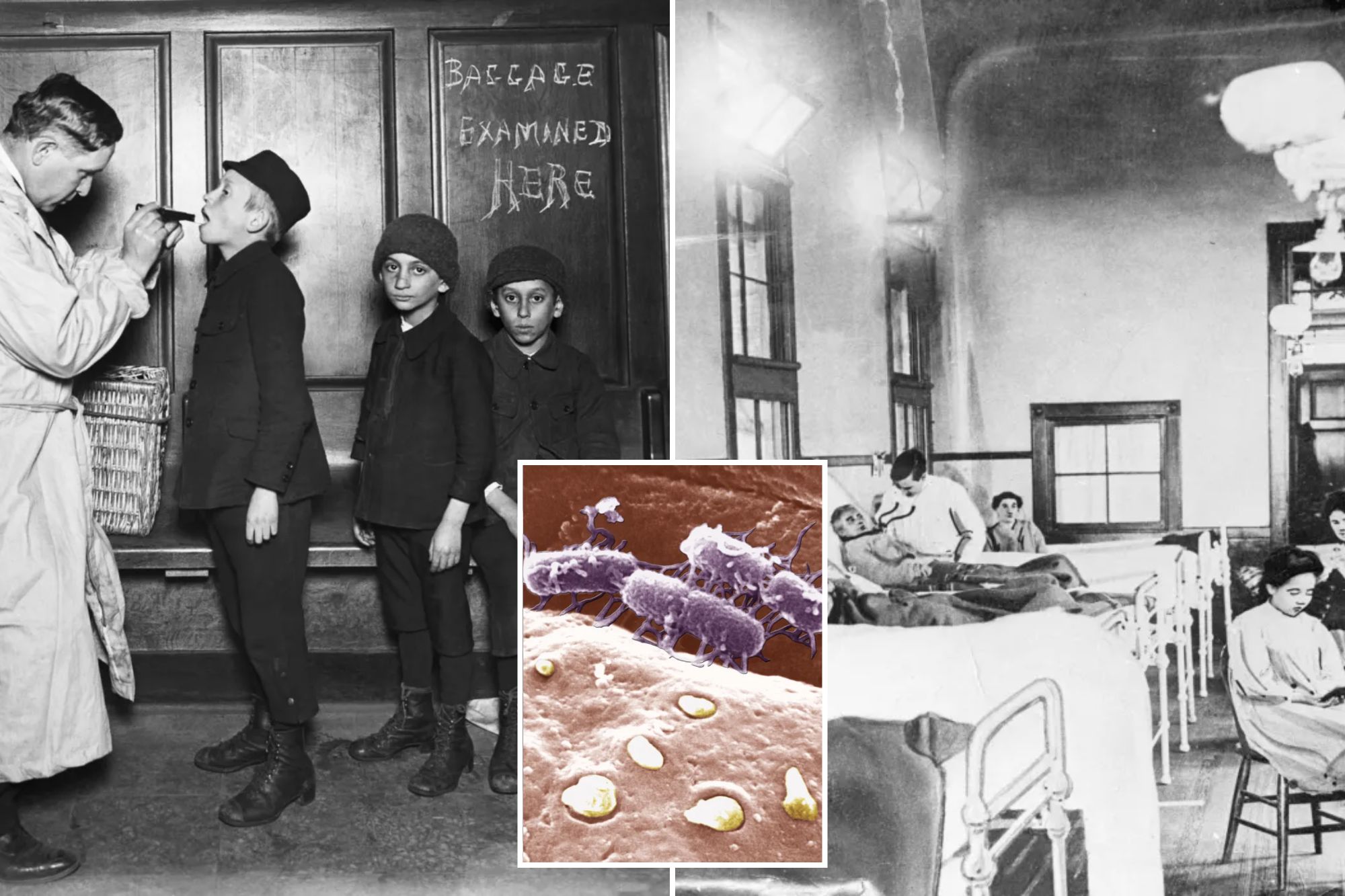
No, it’s not a fever dream.
A deadly disease that overthrew ancient civilizations is becoming increasingly resistant to antibiotics, posing a significant threat to certain parts of the world.
“Despite the advances in vaccination and treatment strategies, typhoid fever continues to affect millions a year, leading to significant morbidity and mortality, and continue to have large -scale explosions,” wrote an international team of researchers recently in the scientific journal data.
The World Health Organization estimates that about 9 million people get sick of life -threatening bacterial infection and 110,000 people die of it every year.
Typhoid fever is common in Southeast Asia, sub-Saharan Africa, South America and Eastern Europe, where sewers and water quality are weak.
Approximately 5,700 diseases and 620 hospital hospitalizations occur in the US every year, with most cases related to international travel, according to centers for disease control and prevention.
The University of Wisconsin in Madison reported in February that a Campus Cafe worker had a typhoon, warning students of possible exposure to Salmonella Typhi.
Bacteria are spread through contaminated food or water or contact with infected people.
Once the bacteria enter the body, they usually cause a high fever, fatigue and colic within one to three weeks.
Rapid treatment of antibiotics is essential to prevent severe complications, such as intestinal hemorrhage, organs failure and sepsis and death.
The problem is that S. Typhi is developing antibiotic resistance through genetic mutations, allowing them to survive even when exposed to medicines that would normally kill them.
The researchers sounded the alarm about increasing drug resistance (XDR) in 2022 after studying contracted types from 2014 to 2019 in Nepal, Bangladesh, Pakistan and India.
“Typhoid was once curable with a group of pills and now ends with patients in the hospital,” Jehan Zeb Khan, a clinical pharmacist at a northern Pakistan, told The Guardian last fall.
Pakistan has been caught up with drug resistant typhus since 2016, with excessive use of antibiotics an important contributor. Antibiotics resistant infections kill at least 1.2 million people worldwide every year.
Other factors include limited access to clean water and sewer and little public awareness of the disease.
Experts recommend expanding access to typhoid immunization and financing new antibiotic research.
“XDRYPHOID is the final sign of warning. After that we will enter a stage where the superbug will respond to no drugs at all,” Khan said. “That means we’ll come back when typhoid was a deadly disease. And that really bothers us.”
#time #disease #resistant #antibiotics
Image Source : nypost.com